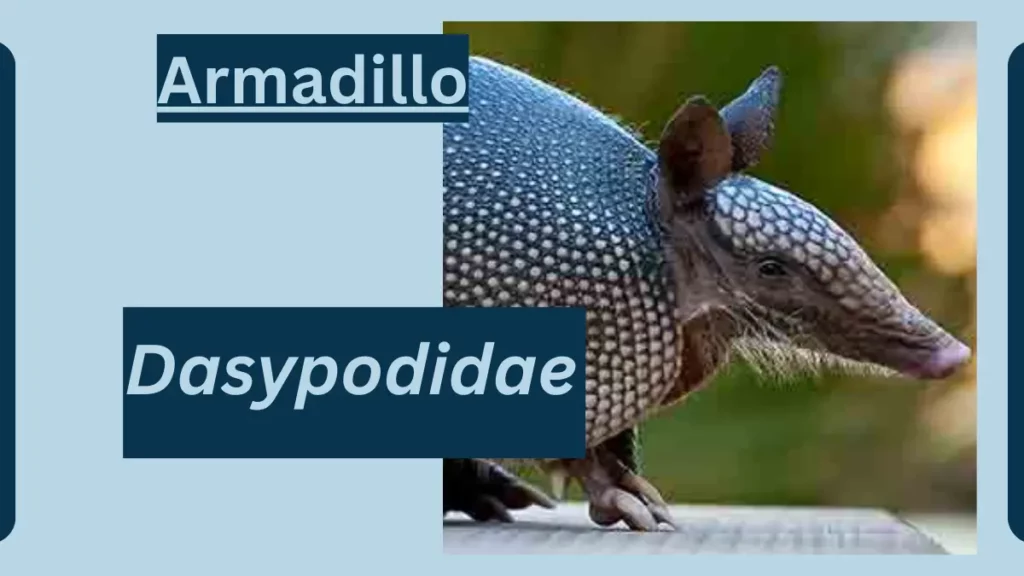Armadillo Animal Facts
October 13, 2023
The Armadillo is a unique and fascinating group of armored mammals found primarily in the Americas.

Armadillo
Here are some facts about Armadillo:
| Topic | Information |
|---|---|
| Scientific Classification | – Kingdom: Animalia |
| – Phylum: Chordata | |
| – Class: Mammalia | |
| – Order: Cingulata | |
| – Family: Dasypodidae | |
| Origins and Evolution | Armadillos have evolved into their present form over millions of years. They belong to the order Cingulata, which is characterized by their armored shells. Their ancestors can be traced back to the giant armadillos of prehistoric times. |
| Characteristics | Mammal’s Anatomy and Appearance: Armadillos are known for their tough, bony, and armor-like shell covering most of their body. They have sharp claws, a long snout, and long, sticky tongues. Different species have varying sizes and colors. |
| Size: The size of armadillos varies depending on the species, but they are generally small to medium-sized mammals, with body lengths ranging from about 5 to 40 inches (13 to 102 centimeters). | |
| Distribution and Habitat | Armadillos are primarily found in the Americas, ranging from the southern United States through Central and South America. They inhabit a variety of habitats, including forests, grasslands, and desert regions. |
| Behavior and Lifestyle | Armadillos are solitary and primarily nocturnal animals. They are excellent diggers, creating burrows for shelter and foraging. They have a strong sense of smell and are often seen foraging for insects, their primary food source. |
| Reproduction and Life Cycles | Armadillos reproduce sexually, with females giving birth to litters of typically 1 to 4 offspring, depending on the species. The gestation period varies but is generally around 60 to 120 days. Young armadillos are born with soft shells. |
| Diet and Prey | They are insectivores, primarily feeding on a diet of insects, grubs, and other small invertebrates. Their strong claws and keen sense of smell help them locate food underground. |
| Predators and Threats | Armadillos have few natural predators due to their armored protection. However, they face threats from habitat destruction, road traffic, and hunting for their meat and shells. They can also be carriers of leprosy. |
| Interesting Facts and Features | Unique Shell: Armadillos are the only mammals with a bony shell. The number of bands in their armor can vary among species, with some having as many as 24 bands. |
| Ball Rolling: Some armadillo species, like the three-banded armadillo, can roll into a ball as a defense mechanism when threatened by predators. | |
| Relationship with Humans | Armadillos have had a long history of interaction with humans. They are sometimes considered a nuisance due to their burrowing habits, which can damage lawns and gardens. They are also hunted for their meat and shells in some regions. |
| Conservation Status and Life Today | Many armadillo species are not considered endangered and can adapt to changing environments. However, some species are threatened by habitat loss and road mortality, particularly in areas with increased human development. |
File Under:







Leave a Reply